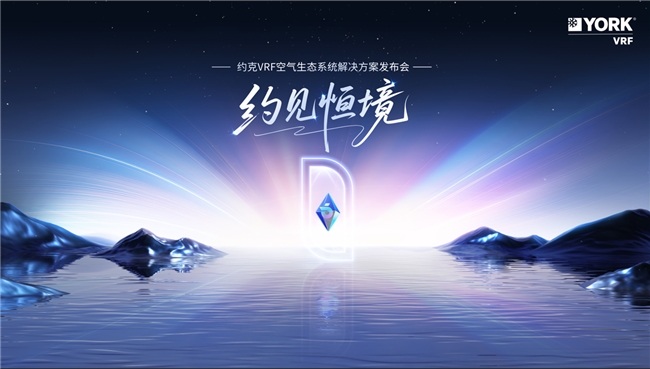
Exploring the World of LCD Display: Comprehensive Guide to Liquid Crystal Displays
What is a liquid crystal display, and how does it work?
Liquid crystal display (LCD) is an innovative technology that has taken the world by storm and has replaced the older cathode-ray tube (CRT) displays. It is a flat-panel display technology that utilizes the characteristics of liquid crystals to generate images on the screen. When an electric current runs through each pixel of the display, it twists the liquid crystal and changes its orientation, which controls the amount of light that passes through it, creating images with sharpness and clarity.
What are the types of LCD displays?
There are two primary types of LCD displays. These are the Twisted Nematic (TN) and In-Plane Switching (IPS) technologies. TN displays are the most commonly used displays, and they are designed for fast-paced gaming, video streaming, and everyday use. On the other hand, IPS displays are known for their superior color reproduction and wider viewing angles making them more preferred in photography, video editing, and graphic design.
What are the benefits of using an LCD display?
There are numerous advantages of using an LCD display, making it a top choice for many individuals and industries. Some of the benefits include:
- Low energy consumption, which leads to a longer battery life for devices such as laptops and smartphones
- Slimmer and lightweight design, which makes it more portable and easier to transport
- Brighter and more vivid images compared to other types of displays
- Reduced glare and reflections, thereby minimizing eye strain and fatigue
- Multipurpose functionality, making it applicable in various industries
Are there any drawbacks of using an LCD display?
Like any other technology, there are some downsides to using an LCD display. However, these are minimal and can often be mitigated by using the right type of LCD display. Common drawbacks include:
- Susceptible to image retention or burn-in, especially when a static image is displayed for an extended period
- Less critical viewing angles, which primarily applies to TN displays
- More difficult to repair compared to CRT displays
How can I get the best out of my LCD display?
To get the best out of your LCD display, you should first identify the primary use of the display. This will guide the choice of the appropriate technology that meets your needs. Regular cleaning of the display with a soft cloth will not only reduce grime and smudges but also prolong the lifespan of the display. Also, ensure that the display brightness and contrast settings are optimized and avoid displaying the same image for too long to prevent image retention. Finally, ensure you correctly connect your device to the LCD display, especially when using laptops or desktops to prevent damage to the connectors.
Conclusion
Investing in an LCD display provides numerous benefits that surpass the traditional display. With advancements in technology, LCD displays continue to feature improvements that make them more efficient, more durable, and more functional for various industries and purposes. Though LCD displays do have some drawbacks, they remain an excellent option that provides high-quality image displays, unmatched portability and versatility for everyday use.
 联合家电网
联合家电网


